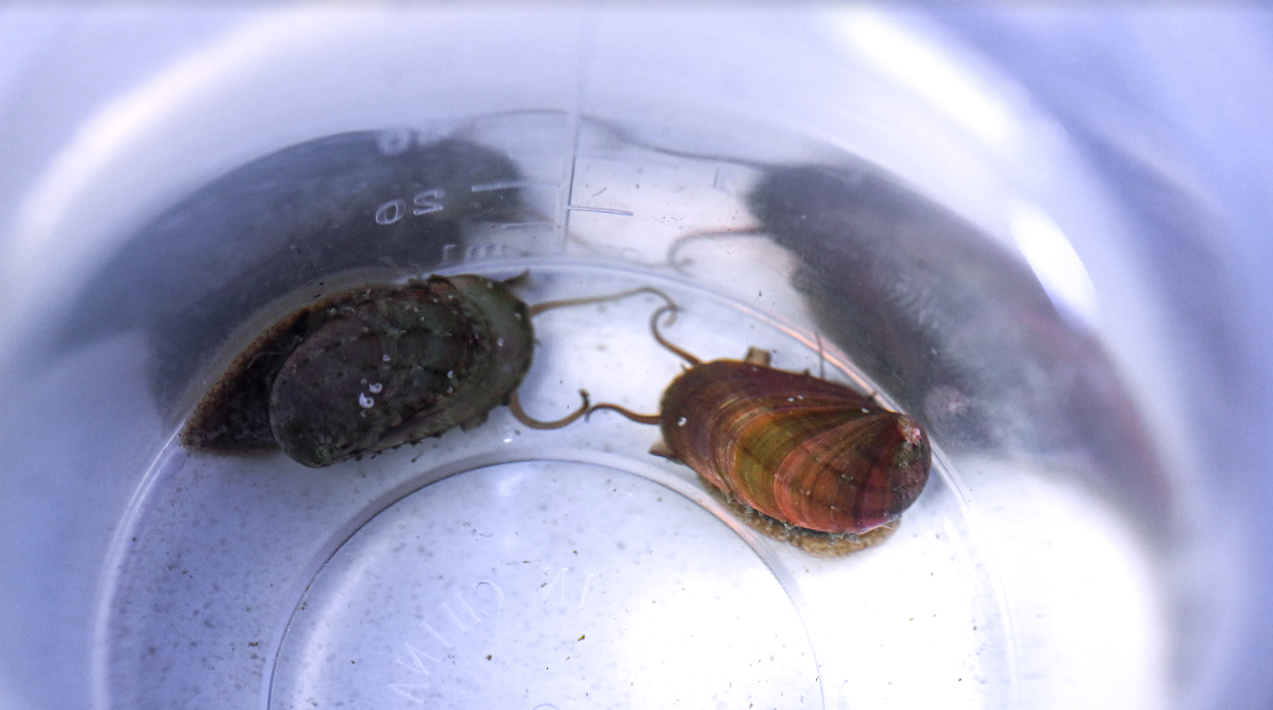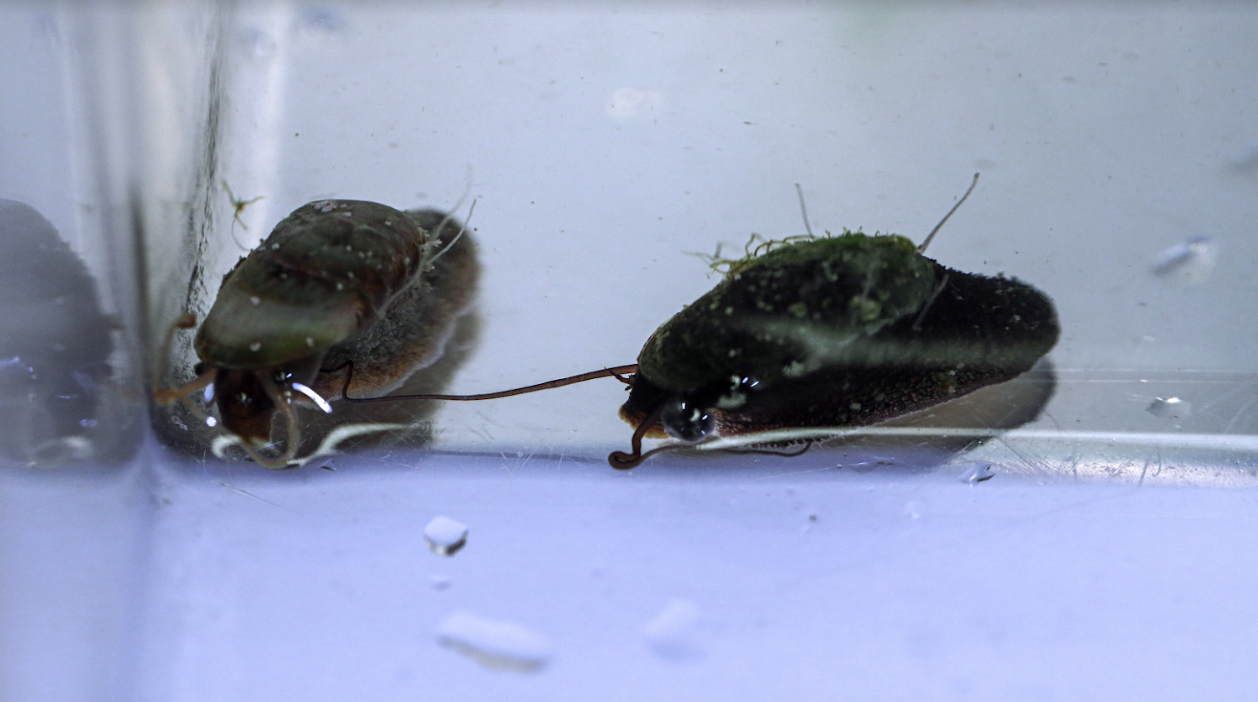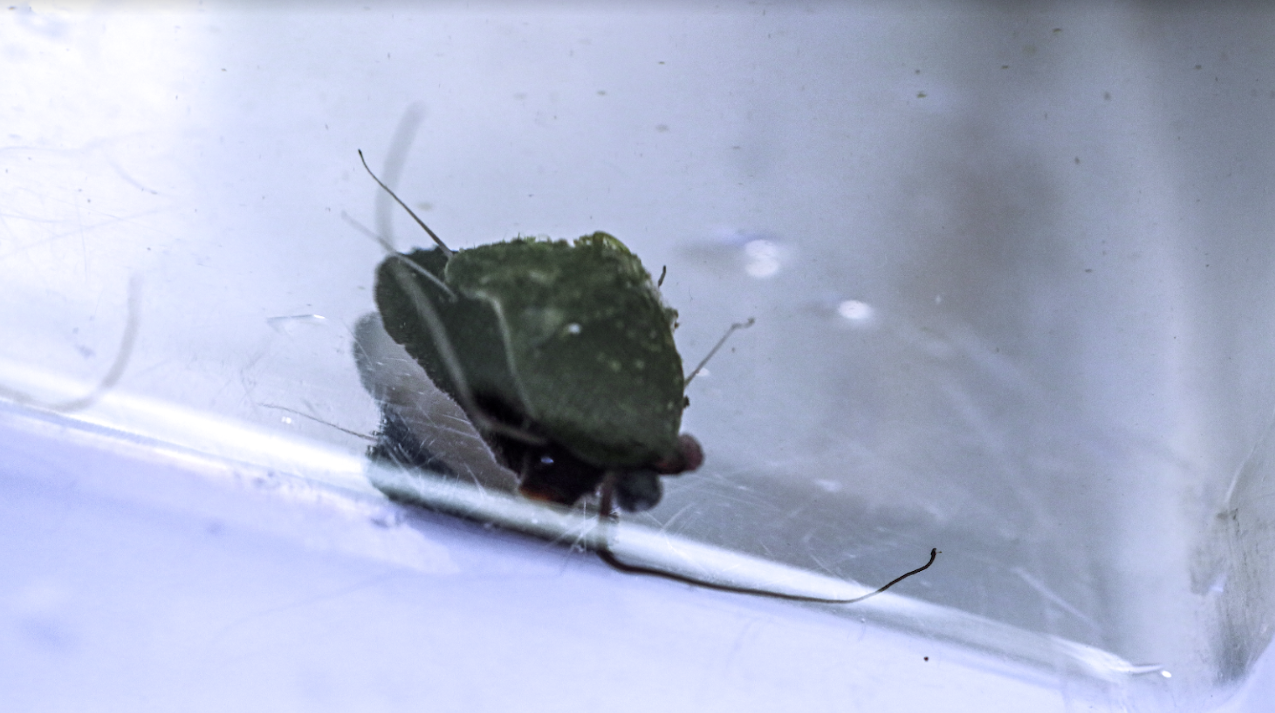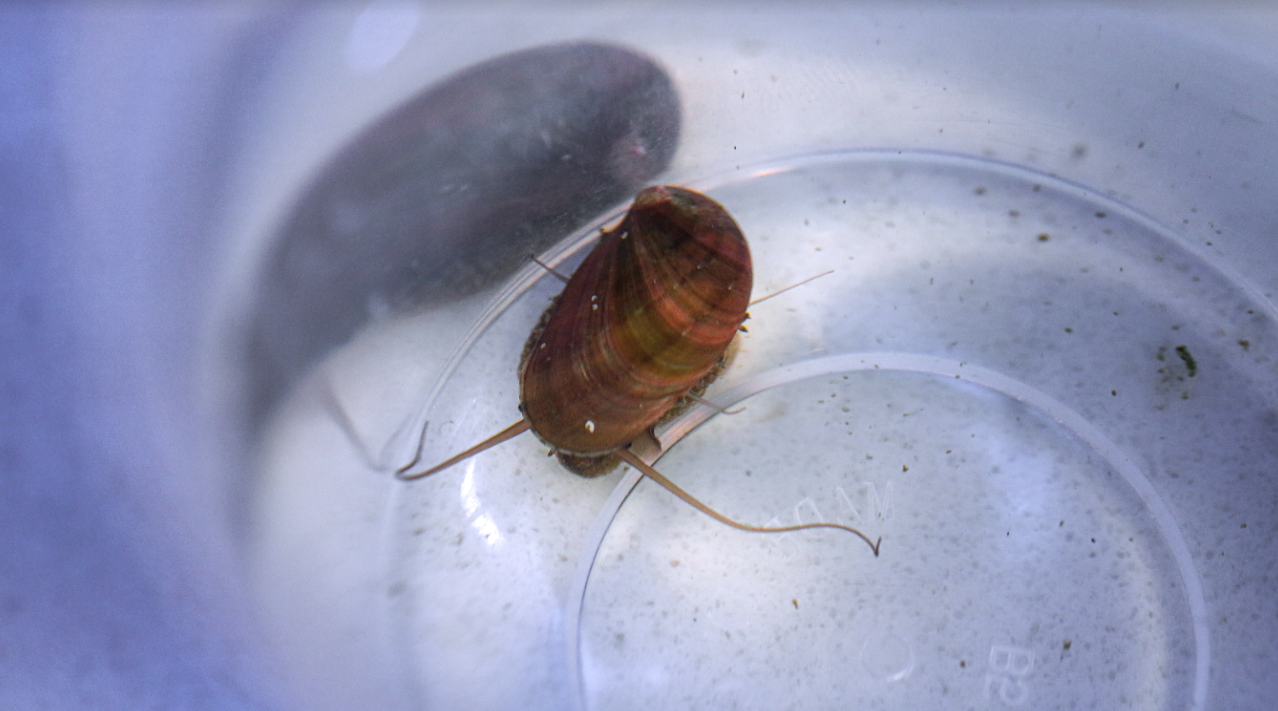One of the most unique and underappreciated members of the Trochidae family is the Stomatella Snail. With a thin, fingernail-shaped shell and a sea slug-like appearance, these snails are adept at getting into all the nooks and crannies of your reef’s aquascape. They are members of the cleanup crew that you may not even realize live in your tank right now! These snails are some of the most common hitchhikers in the hobby, and fortunately, they are beneficial as well. Many hobbyists do not even realize they have them in their tanks, due to the fact that they were introduced unknowingly.
The Stomatella genus
There are roughly 20 or so known species of Stomatellas that have been identified. The hobby itself has brought much more attention to these critters and has even helped identify completely new species. Stomatella, in the scientific realm of the hobby, should be viewed as a genus as a whole, since we do not know enough about these fascinating snails. It is unknown whether or not these snails can hybridize with one another, making it even more difficult to understand which species is which.

A commonly found species in the reef aquarium trade, and the one we at Top Shelf Aquatics are actively aquaculturing, is Stomatella impertusa. These fast-paced critters are amazing at going after diatoms, cyanobacteria, and other common microalgae in the home reef. The snails are primarily active at night, but they can be seen grazing throughout the photoperiod during the day. Stomatella do an amazing job of getting into much tighter spaces in your aquascape due to their sea slug-like body and minimal shell.
Stomatella defense mechanism
An interesting fact about these snails is their defense mechanism, which is not commonly known. If a Stomatella snail is put into a fight-or-flight situation, it will ditch its tail, much like a lizard, leaving it behind wriggling around in hopes of distracting whatever danger is present and allowing it to escape to regenerate that portion of its body later. This ability to escape predators makes them even more valuable on the reef, as you may not need to reintroduce them nearly as frequently as other cleanup crew members.
A major benefit of these snails is their ability to proliferate in the home aquarium. If a mate is present, and the tank has stable marine parameters, there’s a high possibility of a breeding event occurring. Stomatella are broadcast spawners; the mature adults will head to the peak of the aquascape and release their gametes in an event, hoping they will fertilize one another and create new life. A small group of Stomatella can turn from a few individuals into a colony of 100 or more in a short period of time. As mentioned previously, it is unknown if they can hybridize, so if the end goal is to establish a breeding population, it’s best to acquire a group of similar Stomatella to encourage this breeding activity.

So, the next time you are planning on re-upping your clean-up crew or maybe you are getting together the first CUC package for your system, regardless there should be high consideration for adding Stomatella snails to those lists. Additionally, it should be mentioned that Stomatella will play nice with the remainder of the clean-up crew, and there should be no worry as far as aggression towards the other cleaners.
Stomatella snails are highly underappreciated and would without a doubt be an amazing addition to any reef tank’s cleanup crew. Becoming much more readily available in the hobby due to increased aquaculture practices. Whether it be their ability to get into tight spaces, breed readily, or graze through nuisance microalgae, Stomatella should be a snail that you look to add into your reef aquarium, ever-diversifying your band of aquarium janitors.




